Thursday, October 29, was the bimonthly bird survey at Shollenberger Park. The group gathered early, and the soft pink sunrise did not disappoint!
As with all survey mornings, a bevy of Red-winged Blackbirds declared “Good morning!” from the tules. As the sun rose, hundreds emerged en masse – here’s what it’s like to be beneath one of the emerging flocks.
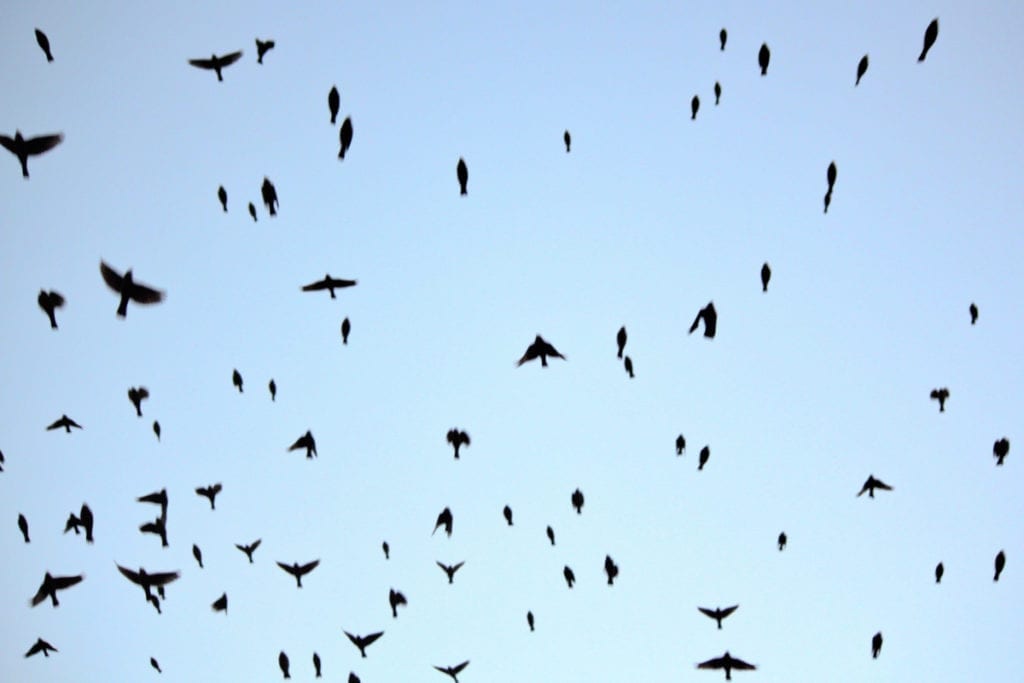
Red-winged Blackbirds
And here’s a view of an extra large flock dispersing to the northwest.
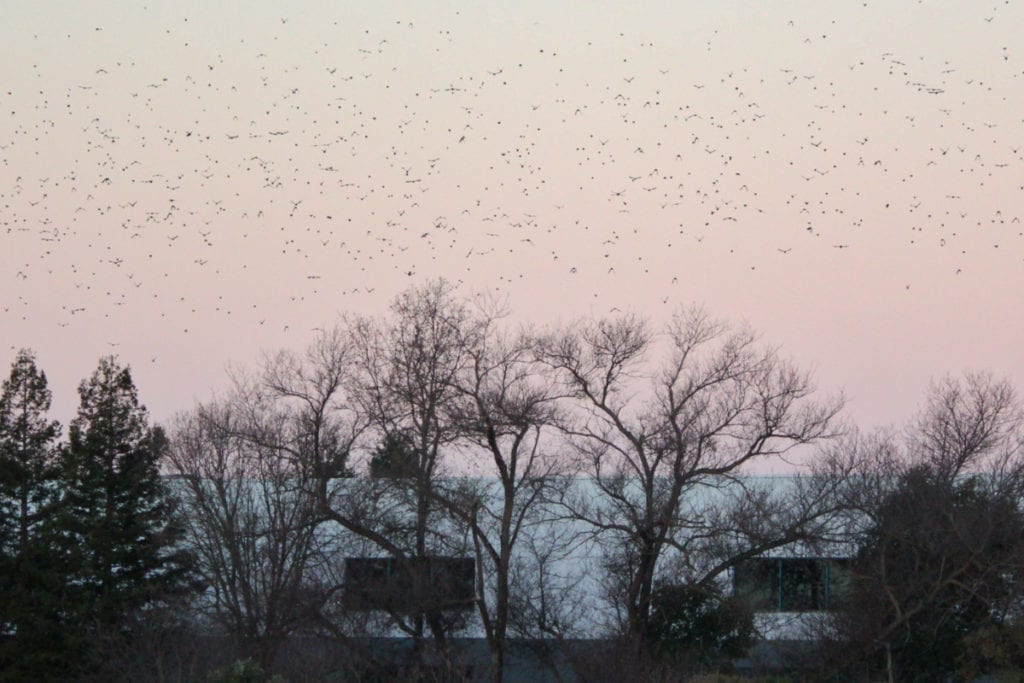
Red-winged Blackbirds
Small flocks of Canada Geese streamed overhead as well.
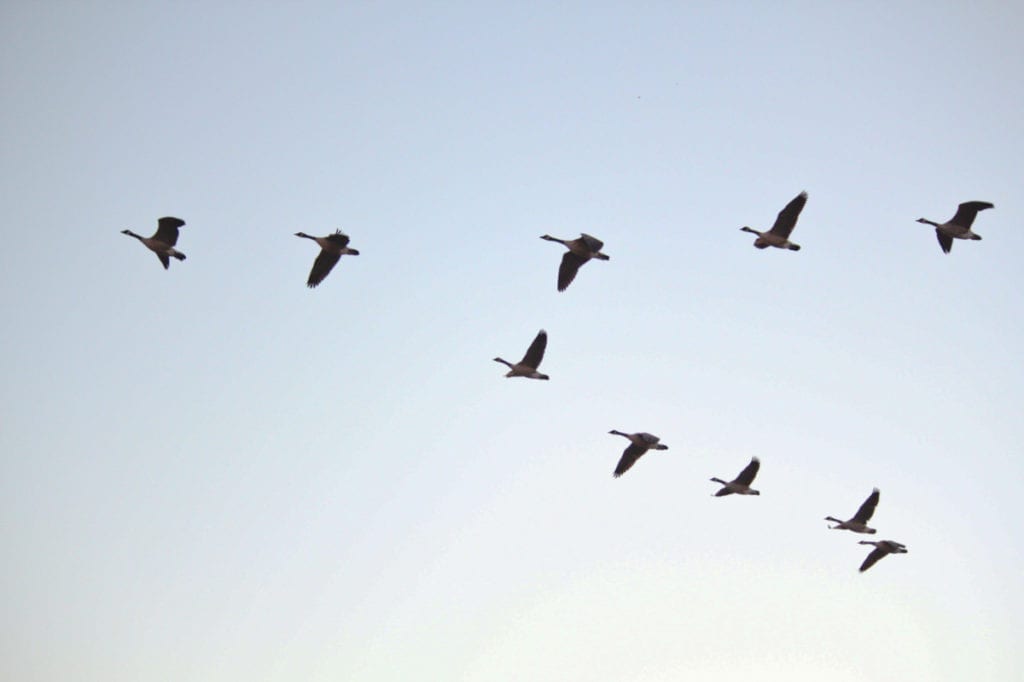
Canada Geese
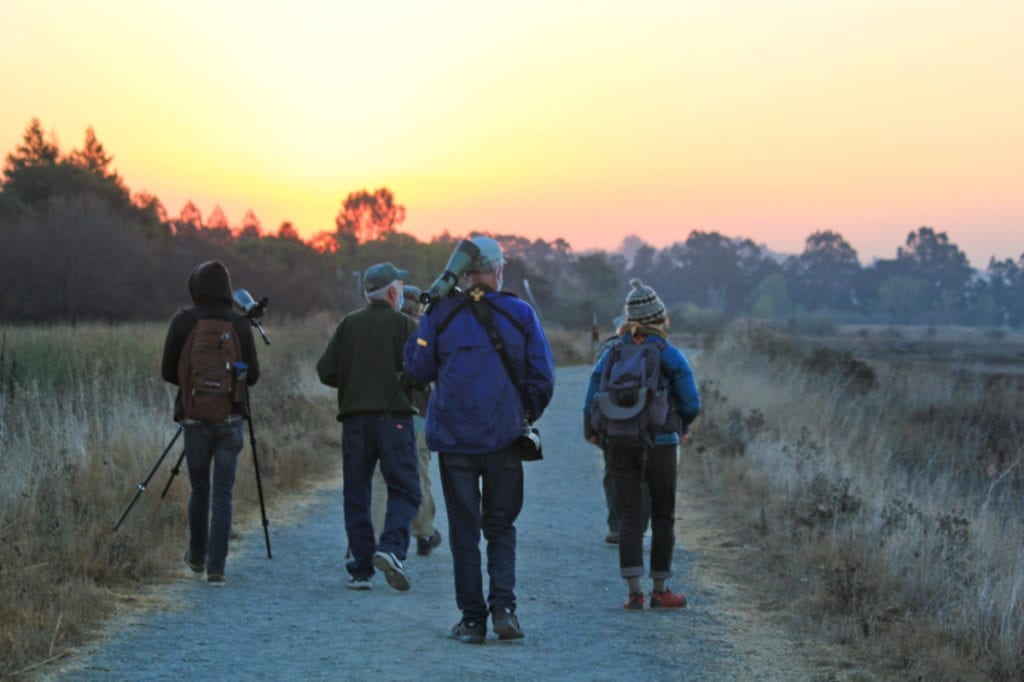
Setting off for the count
The harsh cries of a hidden Red-shouldered Hawk rang out as we walked by.
We spied five tucked-in swans in the central pond which we assumed were of the Mute variety. But, when they later untucked, we discovered three Tundra Swans sitting beside two Mute Swans!
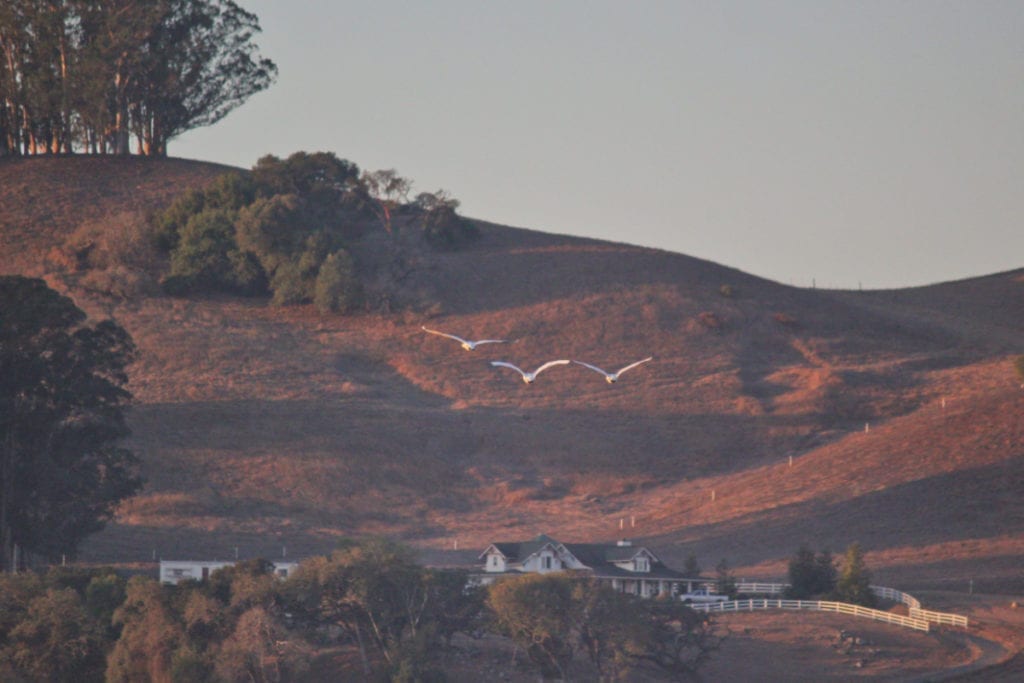
Tundra Swans
We heard a Northern Mockingbird singing and spotted it atop a tall tree, serenading the morning sun.
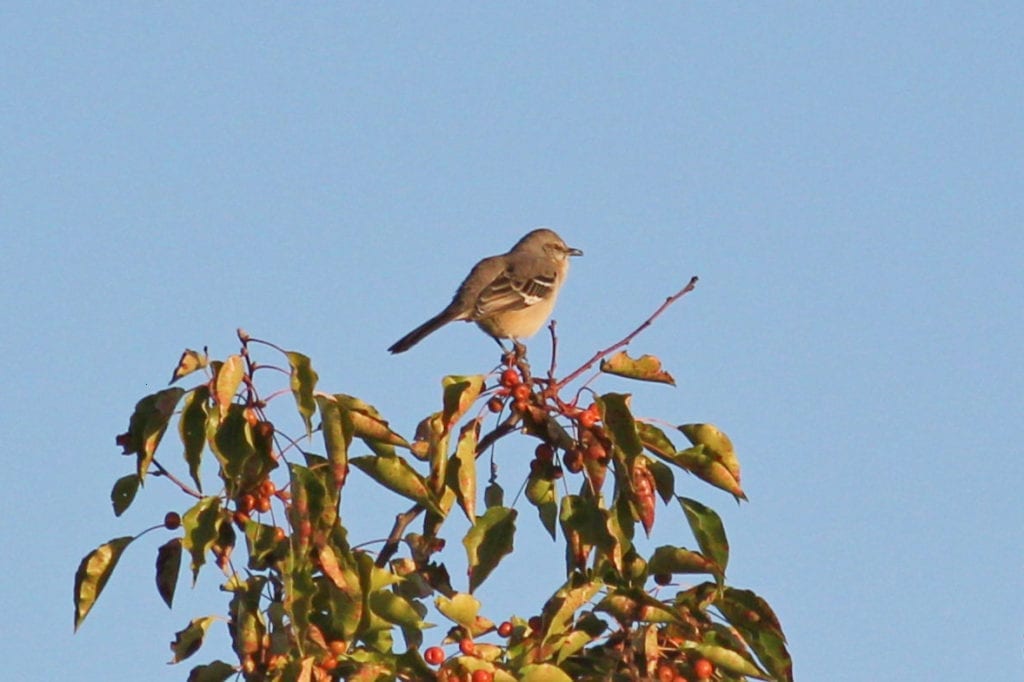
Northern Mockingbird
Listen below to the mockingbird’s spot-on rendition of an Acorn Woodpecker between 0:18 and 0:20 seconds.
Pop Quiz #1: To whom does this flying silhouette belong? Find the answer at the bottom of this post.
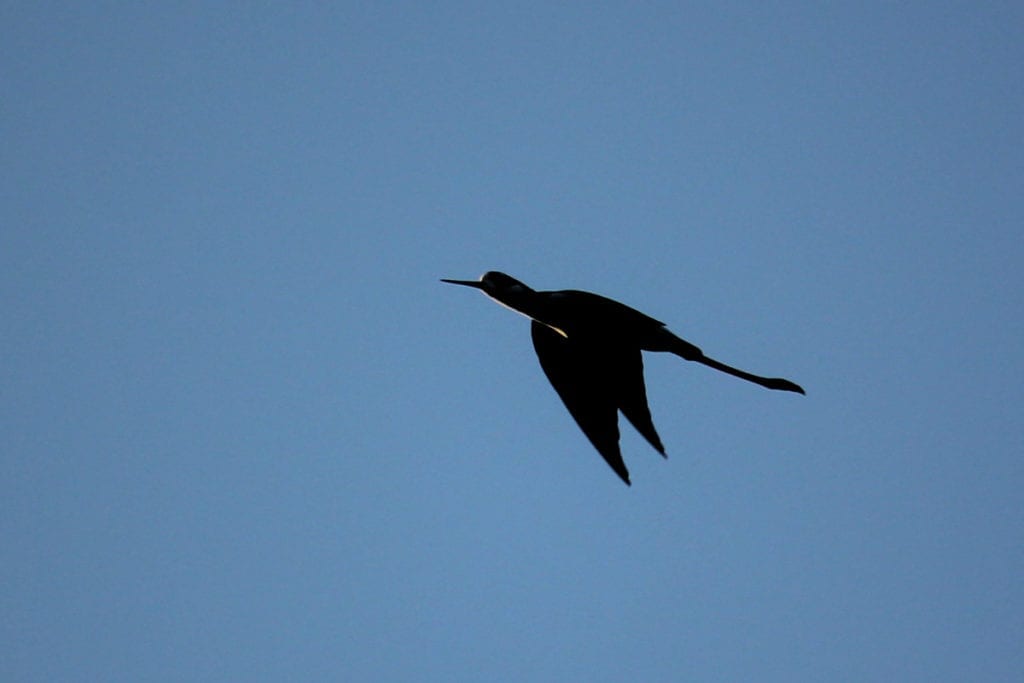
Mystery silhouette
Near the Point Blue building, our count leader, Andy LaCasse, pulled the years-old remains of a barely recognizable kite from a tree. The White-tailed Kite was historically called the “Black-shouldered Kite” – you can see the remnants of the namesake black shoulder below.
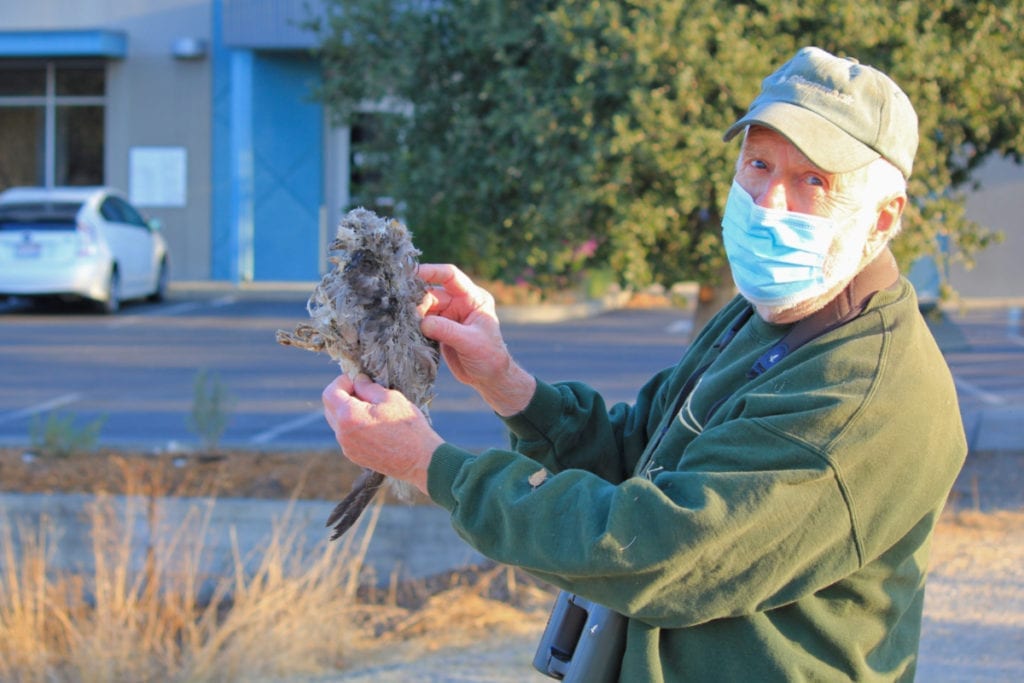
Andy and what’s left of a White-tailed Kite
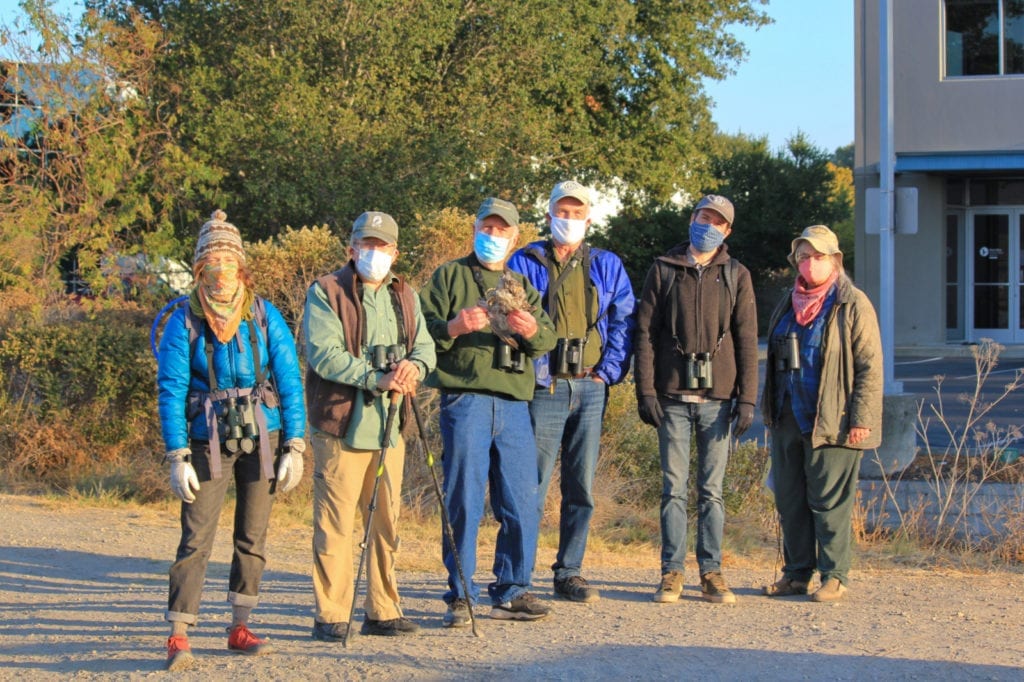
[L-R] Jordan, Len, Andy, Malcolm, Miles, JJ (not pictured – Teresa)
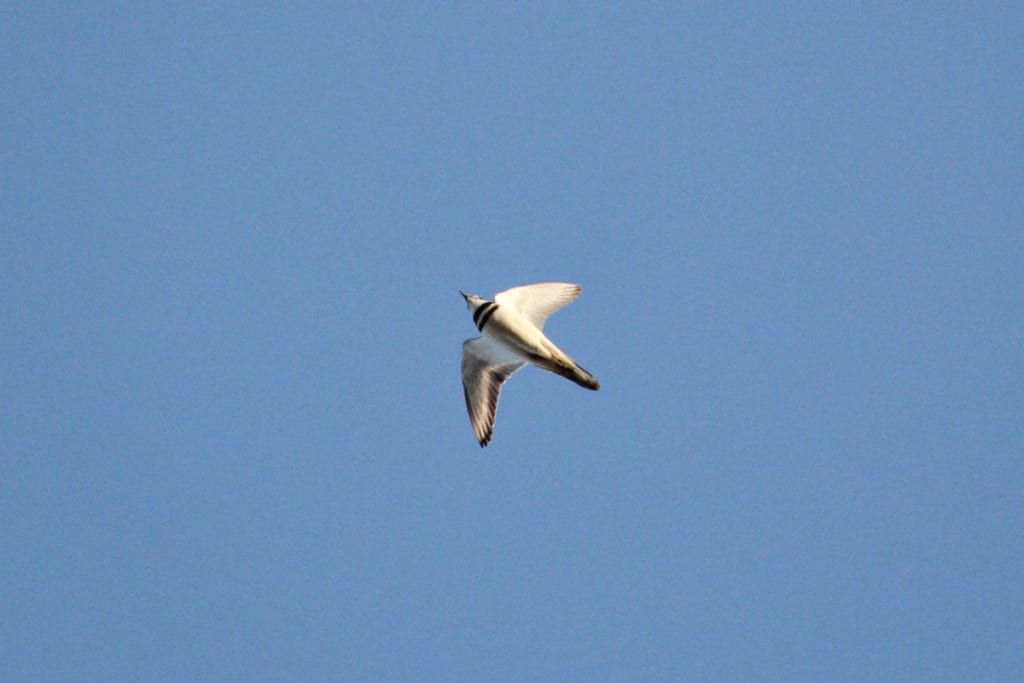
Killdeer
Listen below to the noisy group that remained on the mudflats.
Pop Quiz #2: Who’s the owner of this cute duck butt??? Stay tuned to find out.
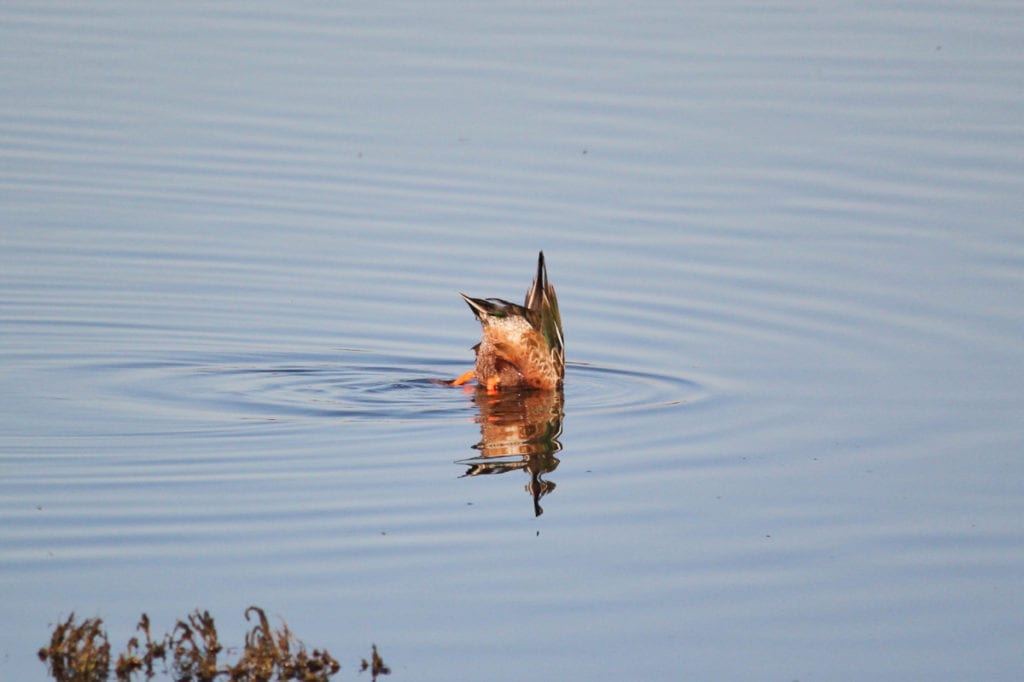
Mystery duck butt
In a small puddle beside the trail, we encountered a single Greater Yellowlegs rushing about.
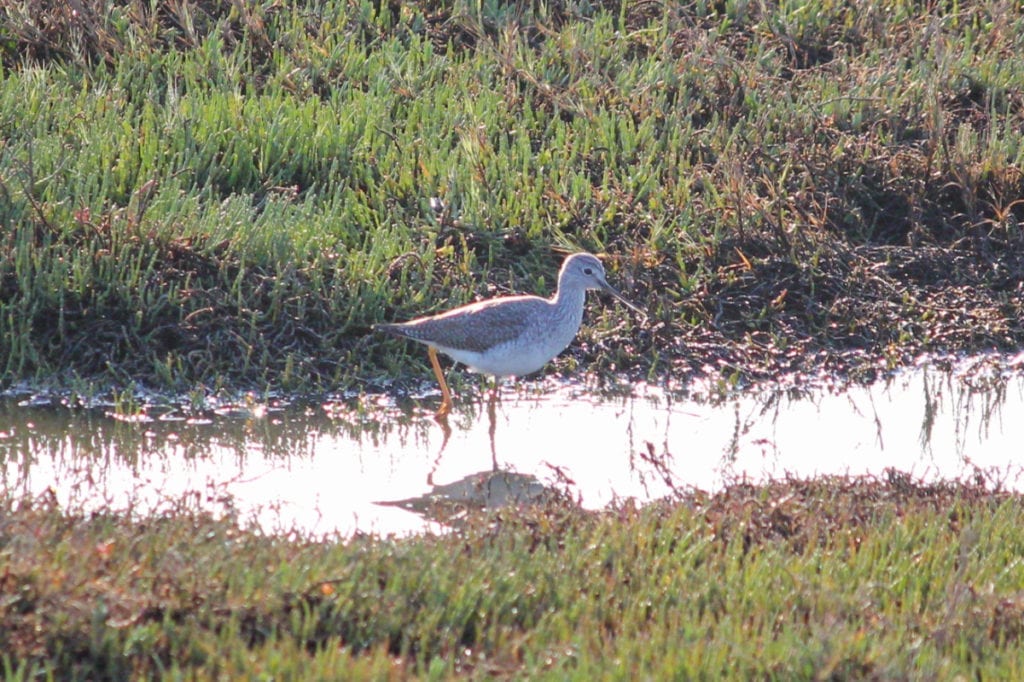
Greater Yellowlegs
This male Common Yellowthroat obligingly showed off his flashy colors to his eager onlookers.
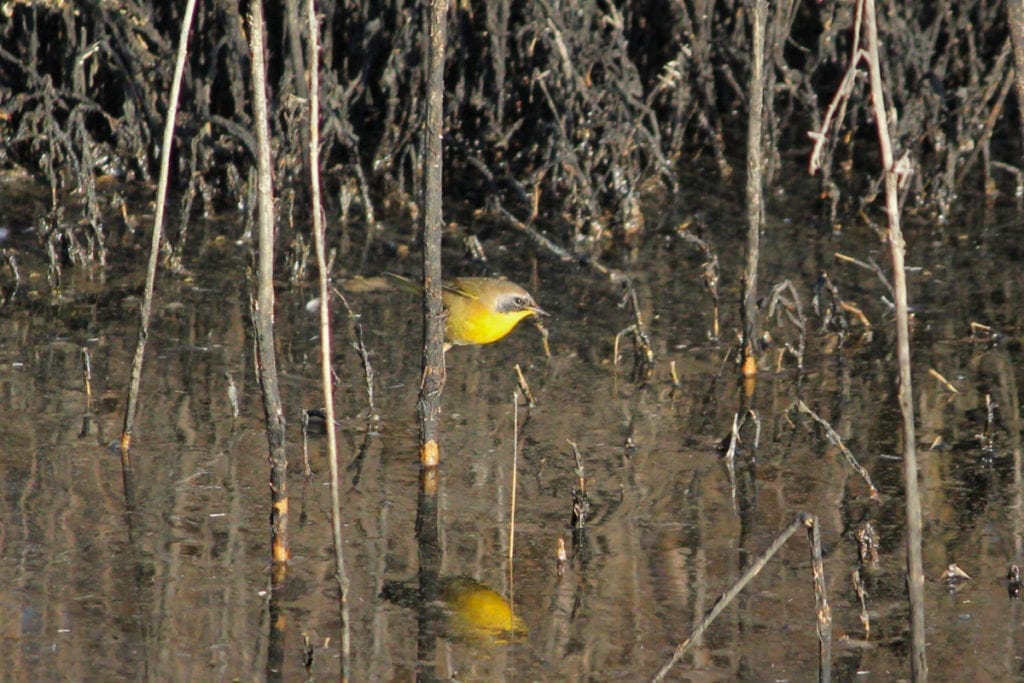
Common Yellowthroat
As we watched a giant barge move by slowly in the Petaluma River, we heard a Virginia Rail call once from the tall, marshy grass.
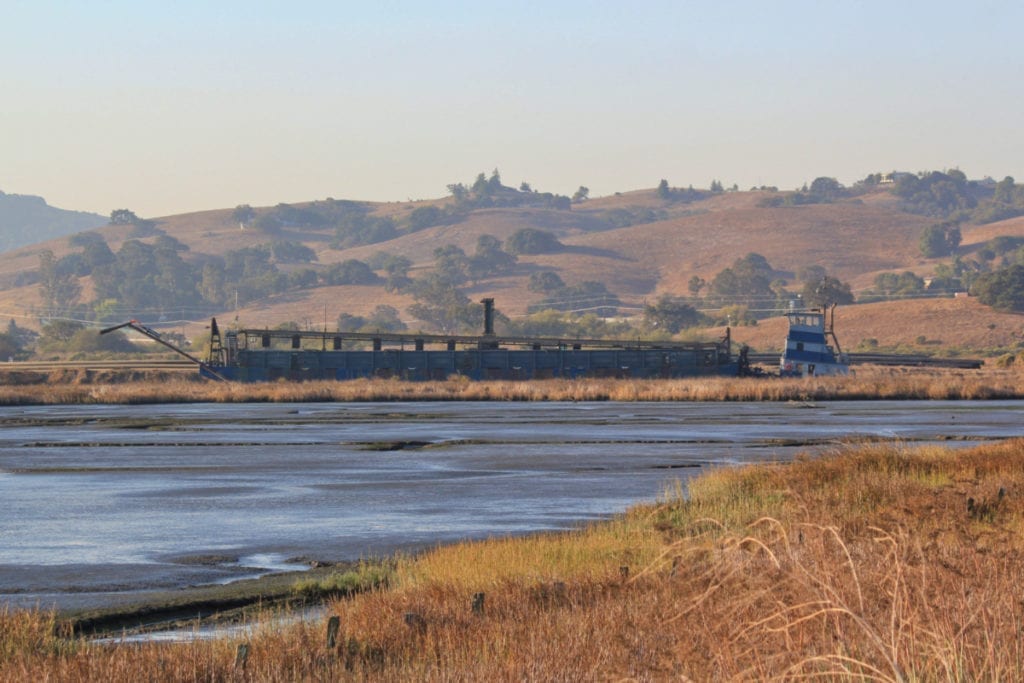
Floating behemoth
Meanwhile, a Northern Harrier caught our eye as it effortlessly swooped past searching for its next meal.
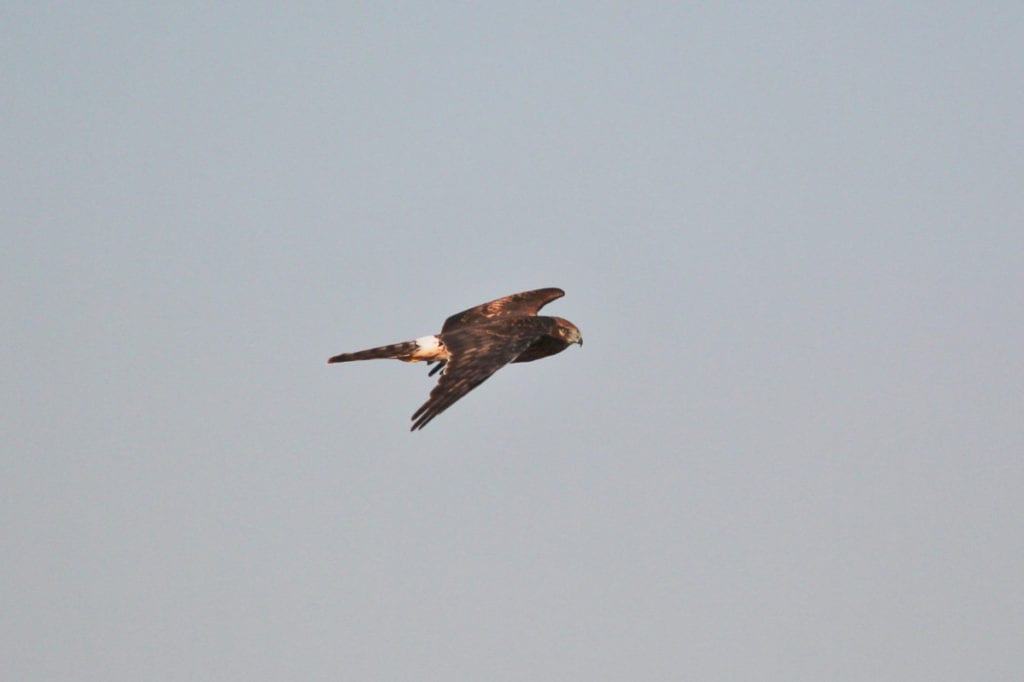
Northern Harrier
Along the opposite riverbank, a healthy-looking coyote trotted by.
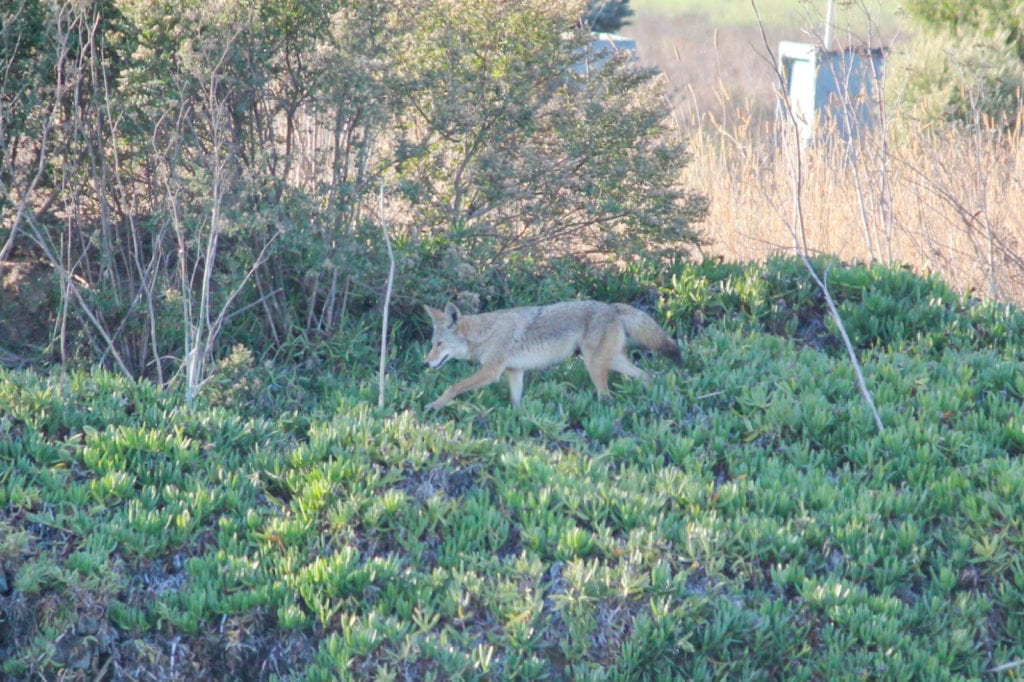
Coyote
Though many folks tend to overlook and even scorn Rock Pigeons, we find their iridescence worthy of an admiring look.
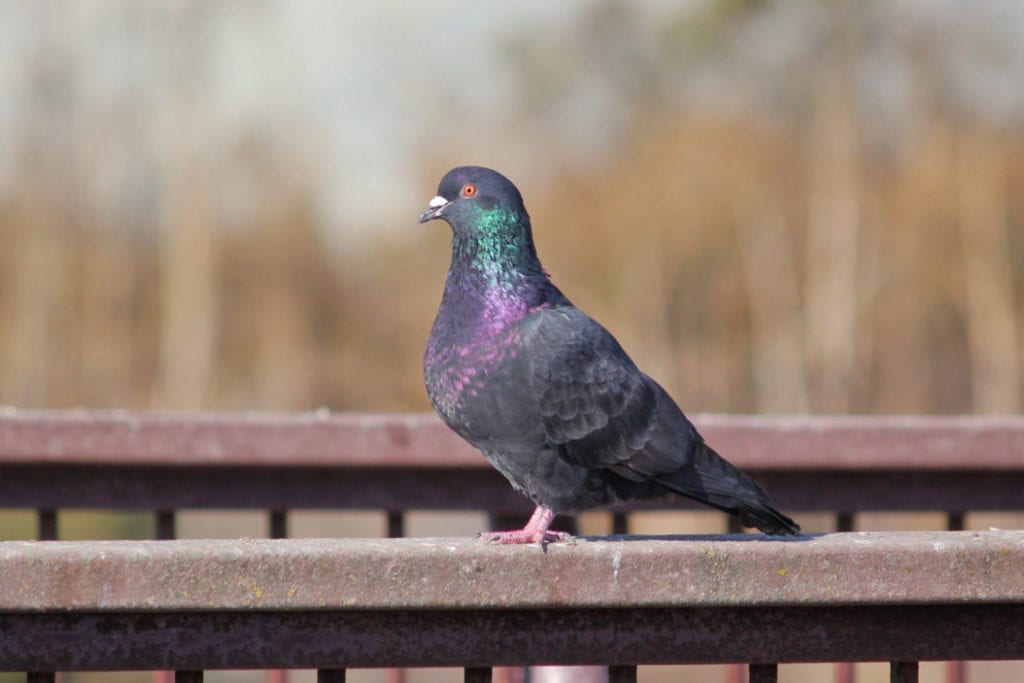
Rock Pigeon
Answer to Pop Quiz #1: The flying silhouette was a Black-necked Stilt.
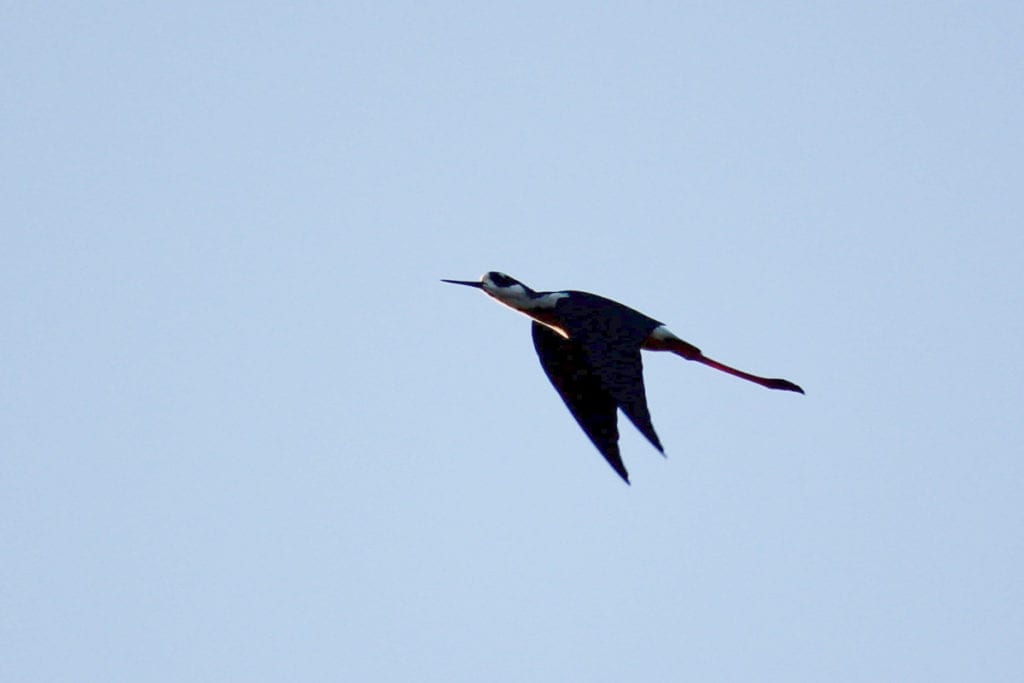
Black-necked Stilt
Answer to Pop Quiz #2: The cute duck butt belongs to a male Northern Shoveler.
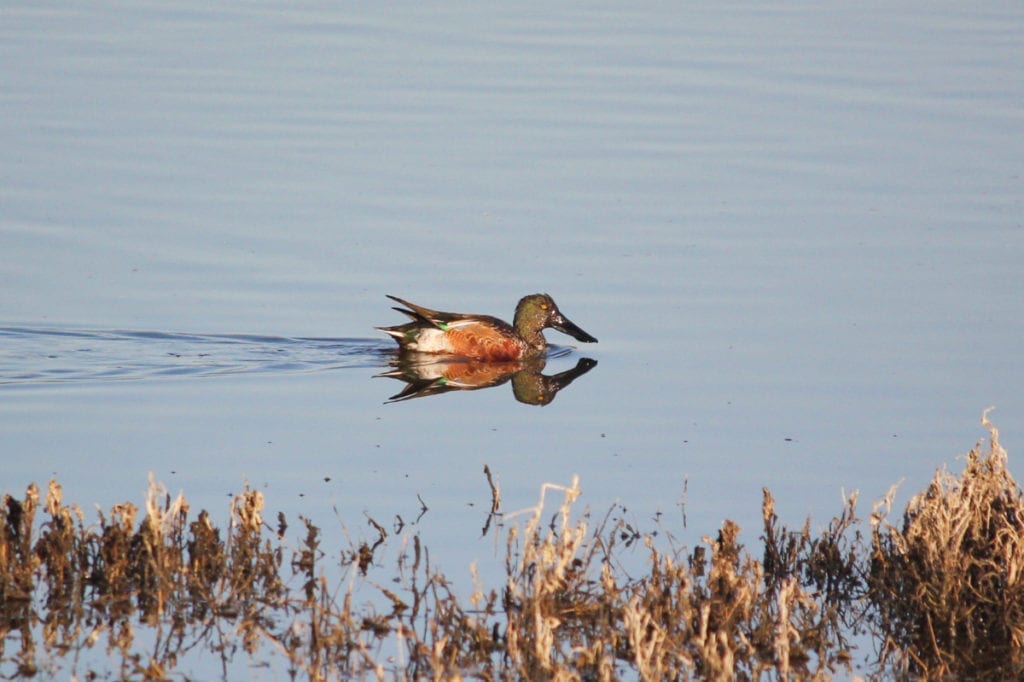
Northern Shoveler
And here’s a female Northern Shoveler for good measure!
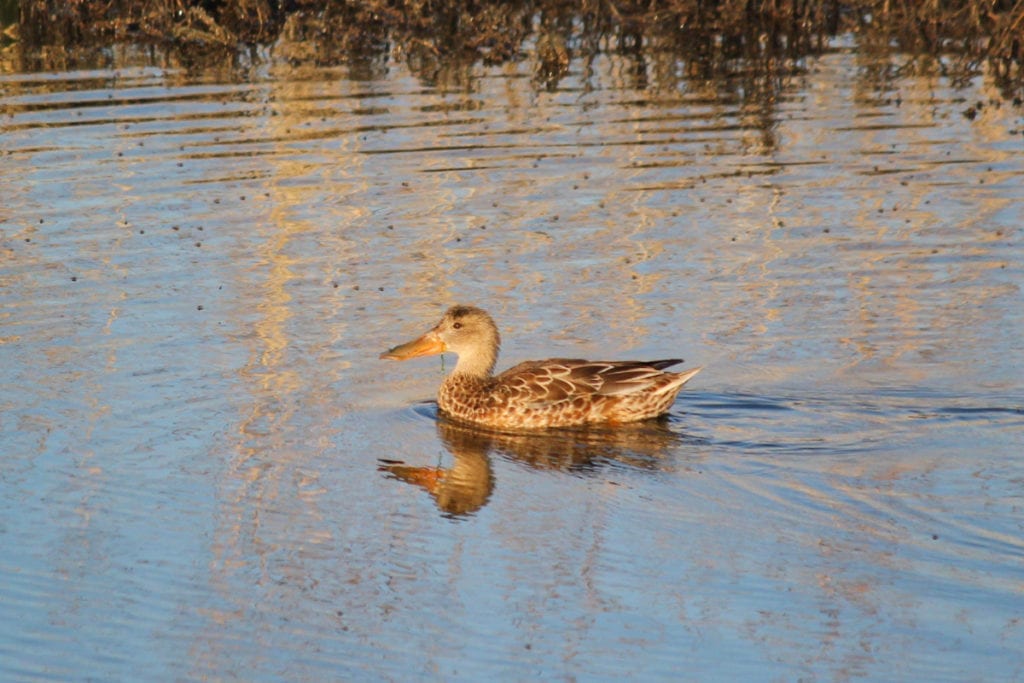
Northern Shoveler
By the end of the morning, the team had tallied 64 species for PWA’s October 2020 survey.
This has been your in-the-field recap of the PWA’s October bird survey. These are just one of the many ways the PWA fulfills its mission statement:
Dedicated to the stewardship, restoration, and expansion of wetlands and associated wildlife habitats.
We’re Teresa and Miles Tuffli of I’m Birding Right Now. Check back for future reports on these volunteer PWA bird surveys!
If you have any questions about this particular count or if you’re interested in participating in future counts, please contact the coordinator/compiler for these surveys, Len Nelson, at lennelsn@comcast.net.


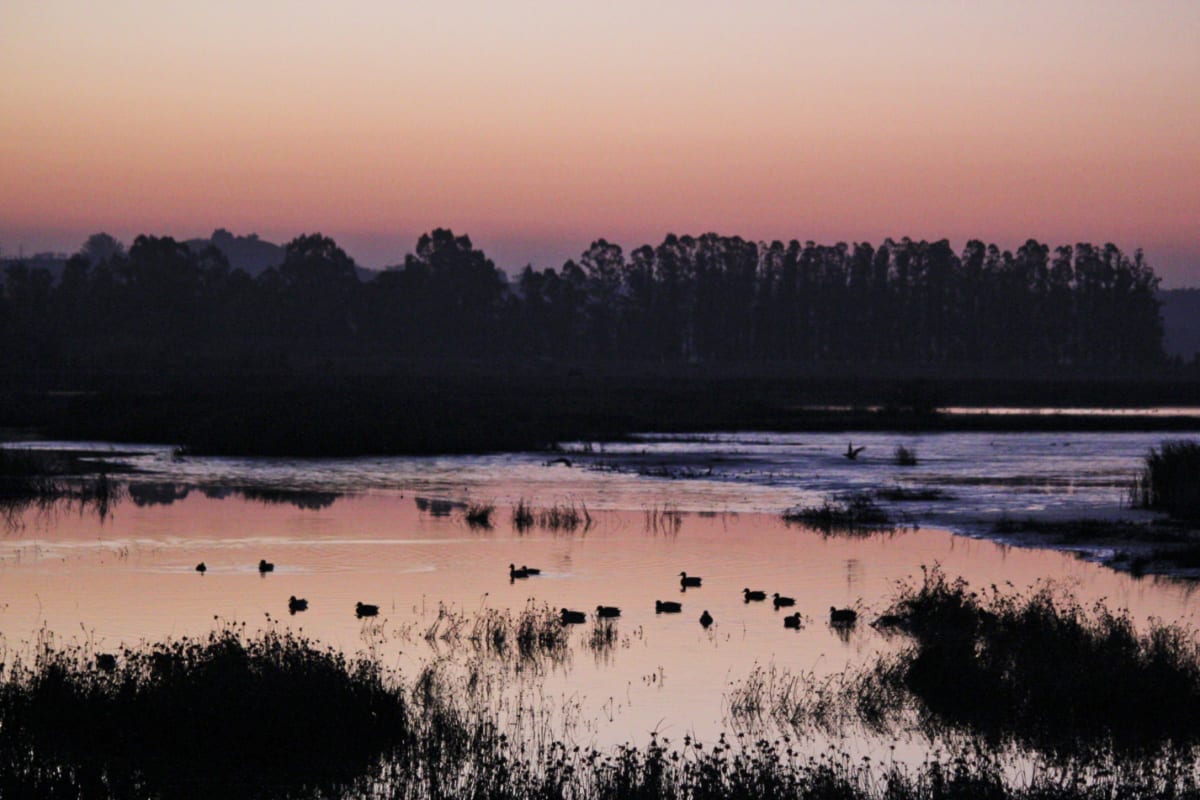

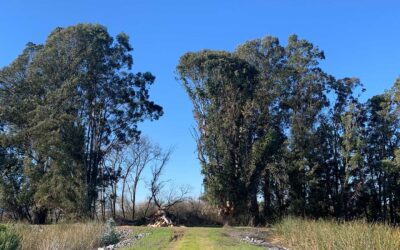
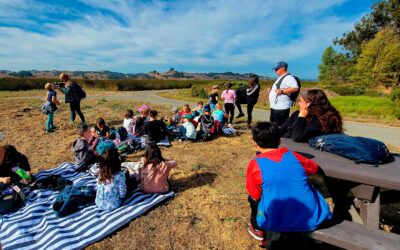
0 Comments